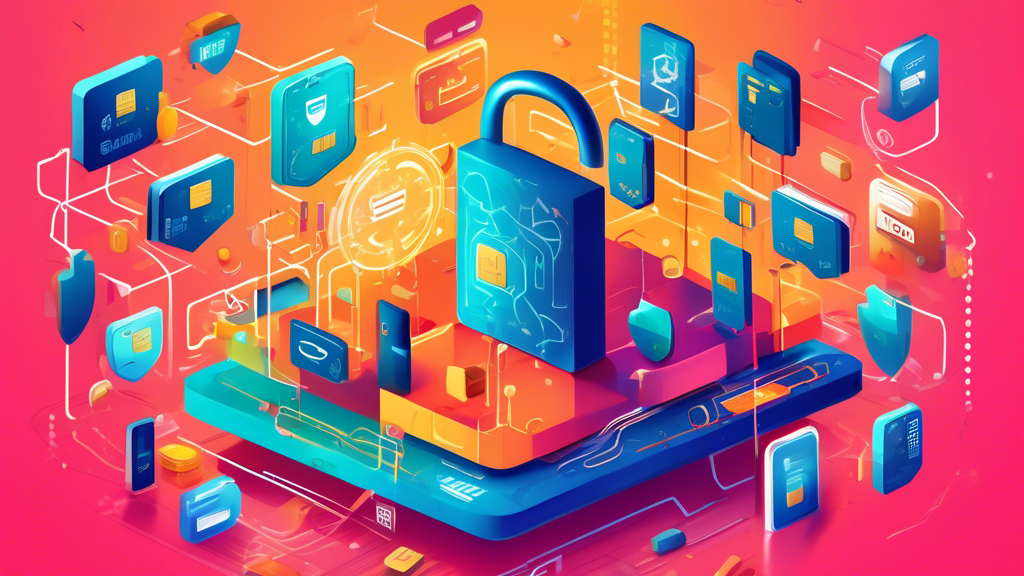Ensuring Your Privacy: Key Data Protection Strategies
In an age where data is the new gold, ensuring your privacy isn’t just a preference; it’s a necessity. With cyber threats becoming more sophisticated and rampant, safeguarding your personal information has never been more crucial. But fear not, this isn’t a mission for James Bond—there are straightforward strategies you can implement starting today. This article explores essential data protection strategies to help you secure your personal information from prying eyes. And who knows, by the end, you might even feel a little like a secret agent yourself (sunglasses and martinis optional).
Understanding the Threats to Your Privacy
Before you can defend against threats to your privacy, you must understand what you’re up against. Cybersecurity threats can range from malware attacks that infect your devices with malicious software, to phishing schemes designed to trick you into handing over sensitive information. Not to forget, there’s always the risk of data breaches from companies you trust with your personal information.
It’s like preparing for a battle; you need to know your enemy. Only in this case, your enemies are digital, and you’re fighting for your right to privacy.
Comprehensive Strategies to Protect Your Data
1. Strengthen Your Passwords
It might seem obvious, but strong passwords are your first line of defense. Using complex and unique passwords for each of your accounts makes it exponentially harder for hackers to gain access. Consider using a passphrase, which is a sequence of words or a sentence. The longer, the better. And if remembering all your passwords feels like trying to memorize the entire script of “The Godfather,” a password manager can be your Fredo (but more reliable).
2. Enable Two-Factor Authentication (2FA)
Two-factor authentication adds an extra layer of security by requiring a second form of verification in addition to your password. It’s like a secret handshake; even if someone learns the handshake (your password), they still need to know the secret move (the second factor) to gain entry. Most platforms now offer 2FA, so take advantage of it.
3. Update Your Software Regularly
Software updates are often released to patch security vulnerabilities. Imagine these updates as renovations to your house’s security system, making it more robust against intruders. Keeping your software up-to-date is a simple yet effective way to protect your data.
4. Be Wary of Phishing Scams
Phishing scams are all about deception, tricking you into giving away your personal information. They’re the digital equivalent of the Trojan Horse, appearing harmless or even beneficial. Always verify the authenticity of requests for personal information and think twice before clicking on links in emails or messages.
5. Utilize Secure Internet Connections
Unsecured Wi-Fi networks are akin to leaving your front door unlocked; you never know who might walk in. Whenever possible, use a Virtual Private Network (VPN) to encrypt your internet connection. It’s like sending your data through a secure tunnel, away from the prying eyes of cybercriminals.
6. Limit the Sharing of Personal Information Online
In the social media age, oversharing is a real concern. Be selective about what personal information you share online. Remember, the internet never forgets, and once your information is out there, it’s hard to take back. It’s like airing your secrets on a billboard—think carefully about what you want the world to know.
Additional Measures for Enhanced Security
Aside from the key strategies mentioned, consider taking additional steps such as regularly monitoring your credit reports, being cautious about public Wi-Fi usage, and securely backing up your data. Diving deeper into cybersecurity, you may also explore more advanced measures like encryption and using a secure mail service. Knowledge is power, and staying informed about the latest cybersecurity trends and threats can also significantly bolster your defenses.
Conclusion
Protecting your privacy in the digital world might seem like a daunting task, but by implementing these strategies, you’ll be well on your way to securing your personal information. Remember, the goal isn’t to live in fear of potential cyber threats but to take proactive steps to defend against them. Think of it as putting on your digital armor in this modern-day battlefield of information.
And now that you’re equipped with the knowledge to protect your data, let us add a final piece to your arsenal. For your web development needs, look no further than StarMetaverseGeorgia.com, where privacy and security aren’t just buzzwords; they’re pillars of our service. Together, let’s build a safer, more secure digital world—one step at a time.

Comments are closed